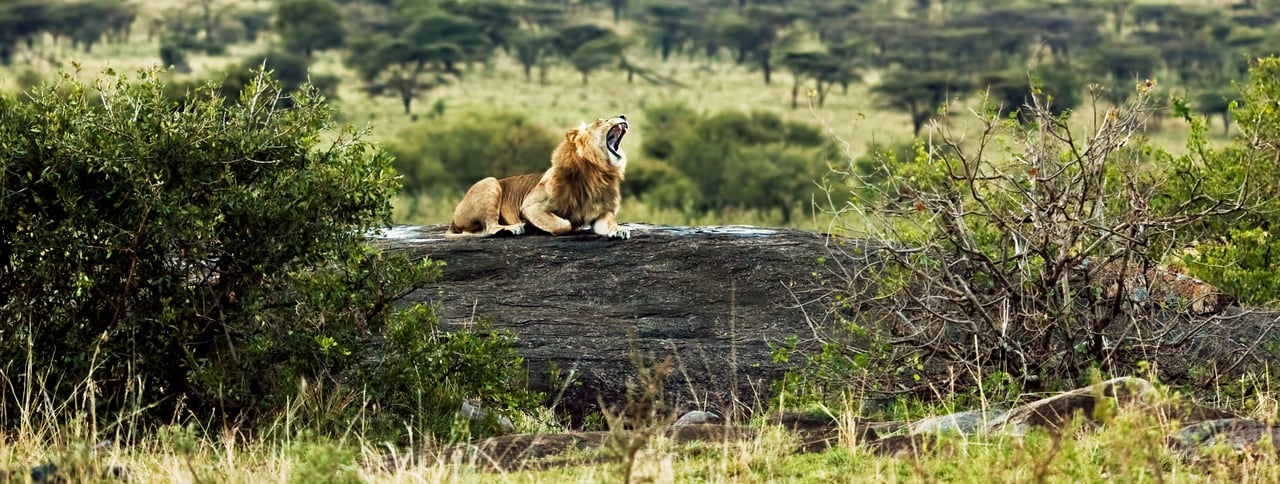
Wildlife Heritage Areas
Wildlife Heritage Areas are places where a deep and respectful connection exists between a guardian community and a wild species, species group, or habitat.
In the last few decades, the travel industry has relied heavily on zoos, aquariums, and cruel wildlife experiences like elephant riding and trophy hunting for ‘animal entertainment’ tourism. Fortunately, public attitudes are changing, and that form of revenue is finally in decline across much of the world. There is now a growing demand for nature-based tourism.
As animal welfare and sustainable tourism move up the priority list of the travelling public, tour operators and destination managers are increasingly looking for suppliers and destinations that tick the boxes of animal welfare, wildlife conservation, sustainability, and community engagement. Yet although there are many different types of protected areas for wildlife worldwide, the travel industry currently has no means of identifying the wildlife sites that are meeting high standards mentioned above while also maintaining high tourism value.
World Animal Protection’s Wildlife Heritage Network aims to help resolve this through its innovative certification program that creates Wildlife Heritage Areas.
The approach of the Wildlife Heritage Network is to highlight destinations championing responsible wildlife tourism by highlighting and resourcing local communities who are protecting the animals and ecosystems with which they are intrinsically linked.
What is a Wildlife Heritage Area?
As part of the Wildlife Heritage Network, Wildlife Heritage Areas are places where a deep and respectful connection exists between a guardian community and a wild species, species group, or habitat.
Modelled after the World Cetacean Alliance’s successful Whale Heritage Sites, which we support to protect dolphins, whales, and porpoises, Wildlife Heritage Areas seek to:
- Highlight and resource local people to care for and protect wildlife in their environment;
- Provide a clear marker that moves the travel industry to promote sustainable wildlife-friendly experiences as an alternative to exploitative wild animal attractions;
- Highlight local knowledge and cultural links with nature as a very powerful tool to encourage positive change for animals and people;
- Use an approach that combines nature conservation and animal welfare successfully, as part of a growing movement.
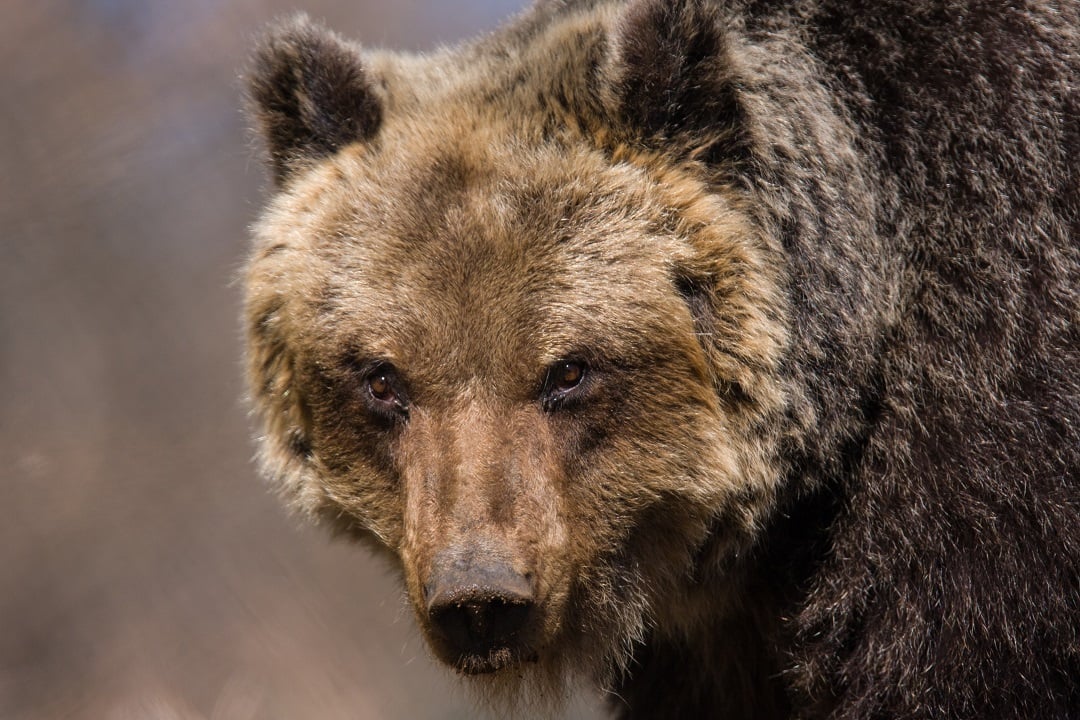 Photo: Bruno D Amicis / Rewilding Europe
Photo: Bruno D Amicis / Rewilding Europe
Our aim with the Wildlife Heritage Network is to identify outstanding destinations for responsible wildlife watching tourism alongside successful animal welfare and nature conservation outcomes. The end goal is to ensure that wildlife, ecosystems, and human communities can not only survive, but thrive in tandem.
The Wildlife Heritage Network certification program is planned to model the Whale Heritage Site accreditation and will aim to offer locally relevant expert guidance to help achieve fair and effective nature conservation, high quality animal welfare, sustainable practices, and responsible wildlife tourism in places where communities have a strong connection with nature through their cultural heritage.
The Wildlife Heritage Network ensures high and improving standards of animal welfare in recognition of sentience. Wildlife Heritage Areas are bound by the principle that each site adopts an attitude of respect towards the focal species, species group, or habitat for which a Wildlife Heritage Area is designated.
The Wildlife Heritage Network delivers grass-roots empowerment within a framework that encourages an ever more respectful relationship between people and wildlife, overcoming language, religious, political, and other site-specific challenges in the process. That is a brave and necessary approach. As the window of opportunity to protect the world’s wildlife from suffering and loss narrows every day, the need to listen to and properly resource the people on the frontline protecting wildlife in their local communities grows stronger by the hour. In the Wildlife Heritage Network we have a global program that can meet that need.
Wildlife Heritage Areas
Discover the places where wildlife and communities thrive together in harmony. Wildlife Heritage Areas are not just destinations, they are powerful stories of resilience, respect and coexistence.
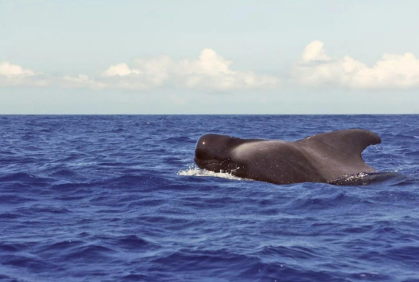

Azores Whale Heritage Area
Portugal
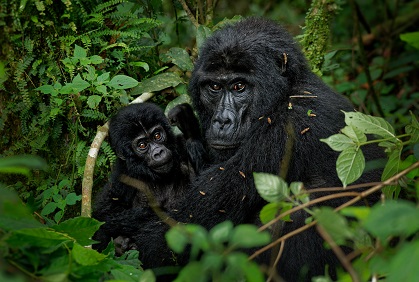

Mintom Gorilla Heritage Area
Mintom, Cameroon
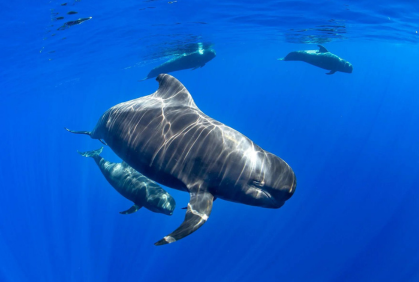

Tenerife-La Gomera Marine Area Whale Heritage Area
Spain
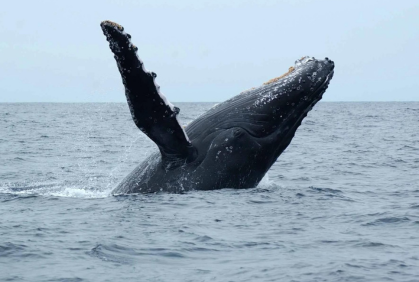

The Bluff Whale Heritage Area
The Bluff, South Africa
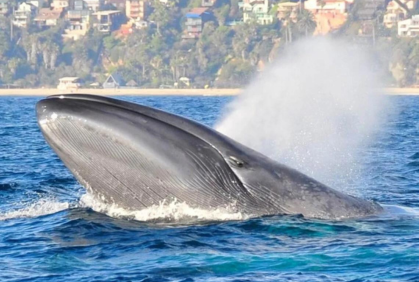

Dana Point Whale Heritage Area
Dana Point, USA
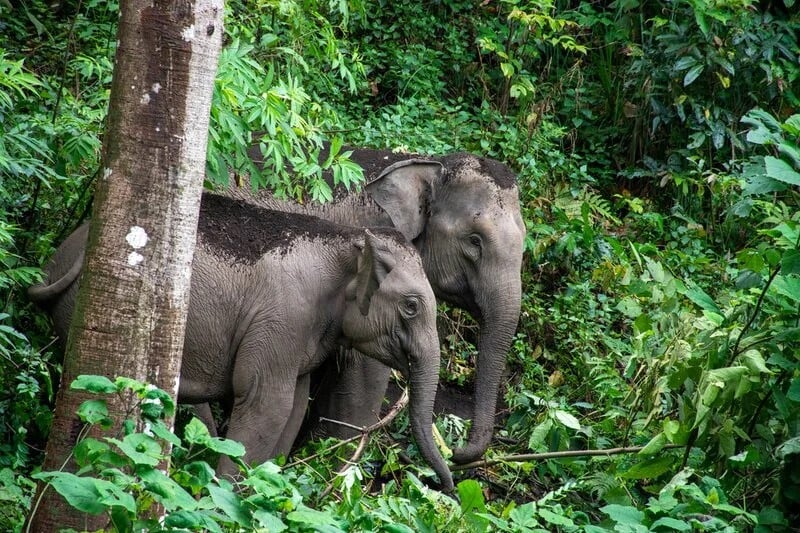

LIFE Elephant Heritage Area
Thailand
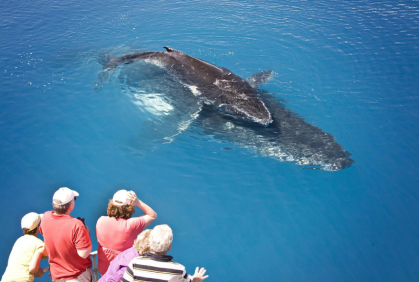

Hervey Bay Whale Heritage Area
Hervey Bay, Australia
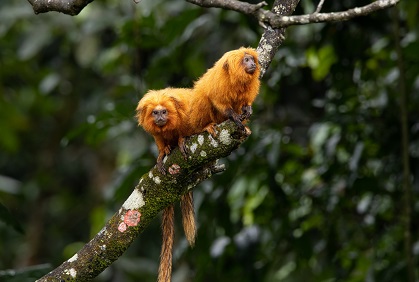

Golden Lion Tamarin Ecological Park Heritage Area
Golden Lion Tamarin Ecological Park Heritage Area
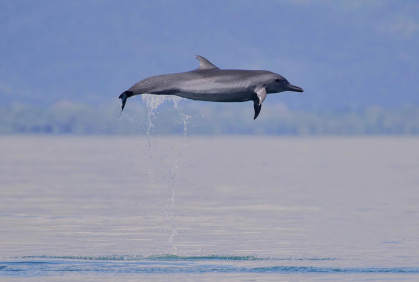

Golfo Dulce Whale Heritage Area
Golfo Dulce, Costa Rica
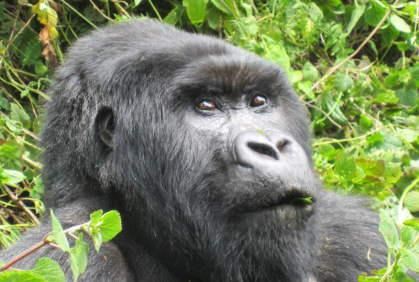

Volcanoes National Park Gorilla Heritage Area
Volcanoes National Park, Rwanda
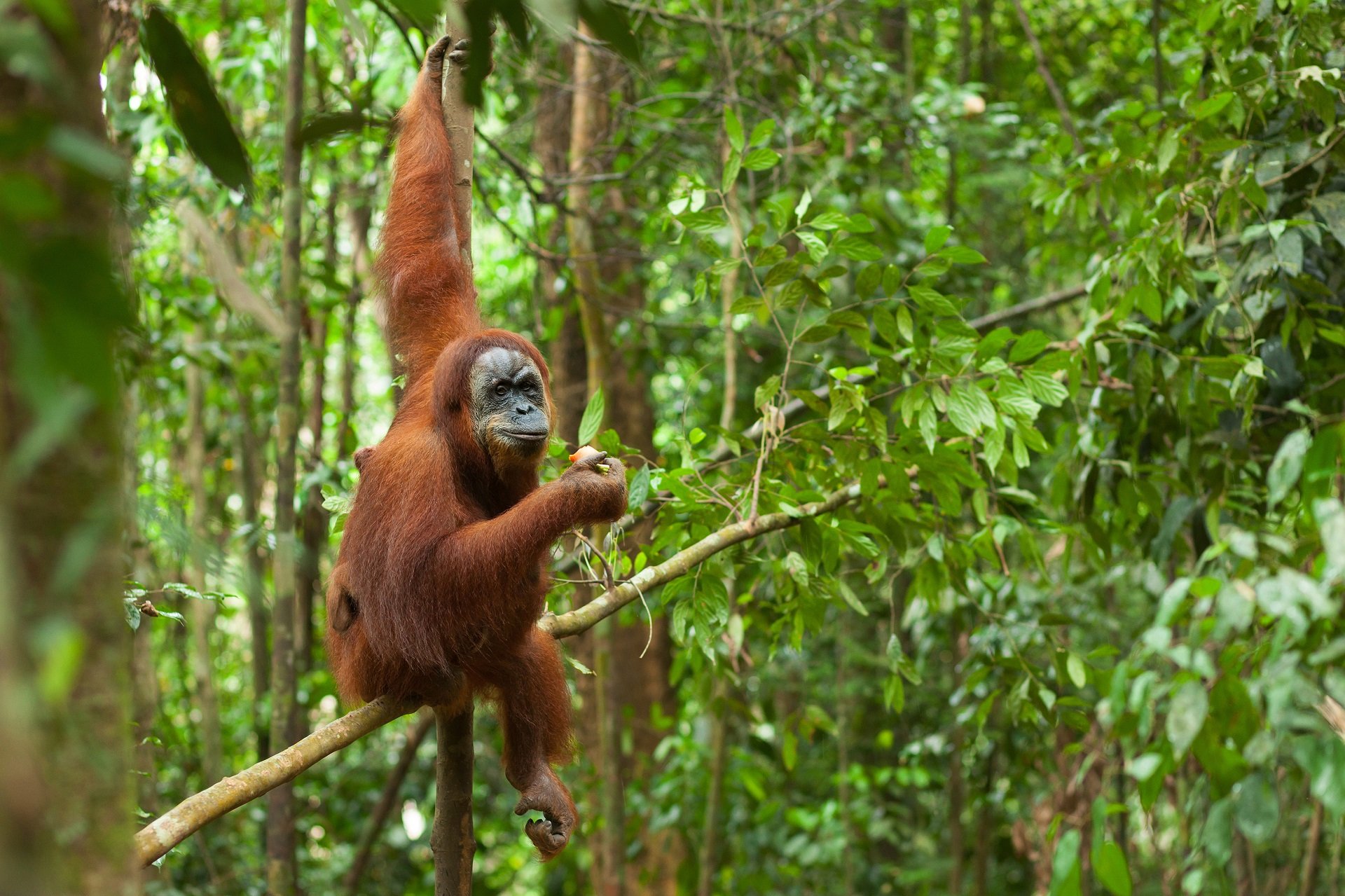

Gunung Leuser Orangutan Heritage Area
North Sumatra, Indonesia


Whitsundays Whale Heritage Area
The Whitsunday Islands, Australia


Plettenberg Bay Whale Heritage Area
Plettenberg Bay, South Africa
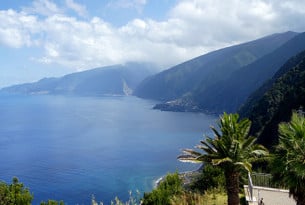

Madeira Whale Heritage Area
Madeira Island, Portugal


Santa Barbara Channel Whale Heritage Area
California, USA
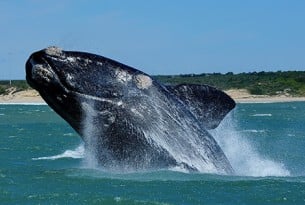

Algoa Bay Whale Heritage Area
Algoa Bay, South Africa


Amazon Night Monkey Heritage Area
Vista Alegre, Peru
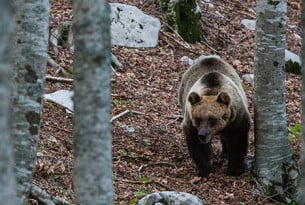

Apennines Marsican Bear Heritage Area
Apennines, Italy
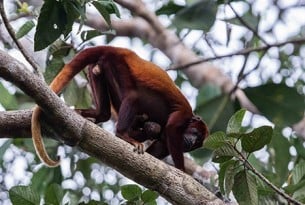

Amazon Uakari Heritage Area
Mamirauá Reserve, Brazil
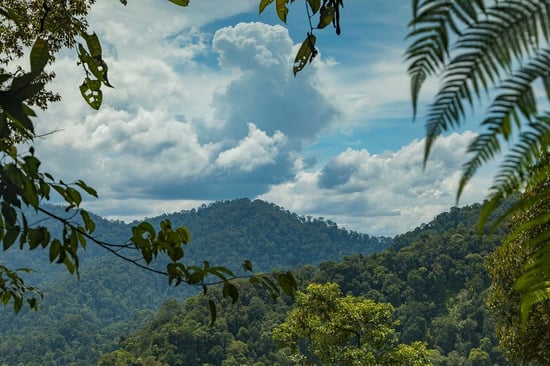
Explore more Wildlife Heritage Areas
Looking for the ultimate wildlife adventure that’s kind to nature and local communities?
Learn more